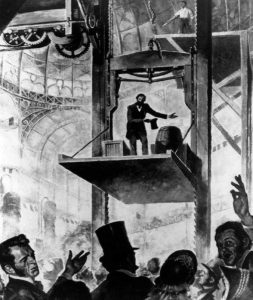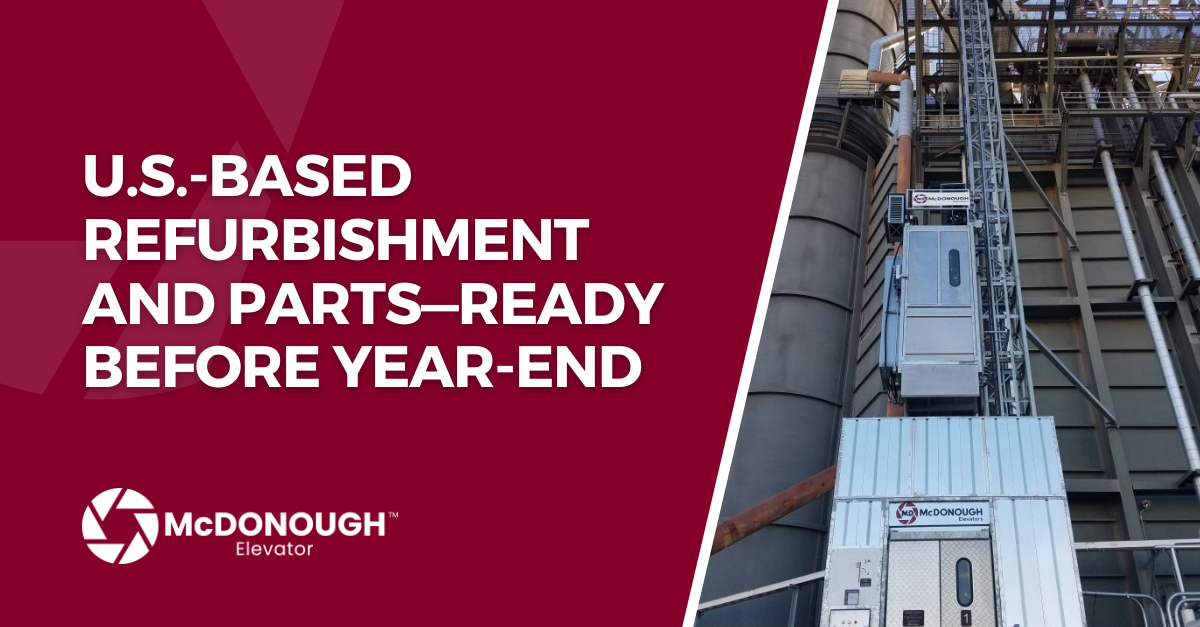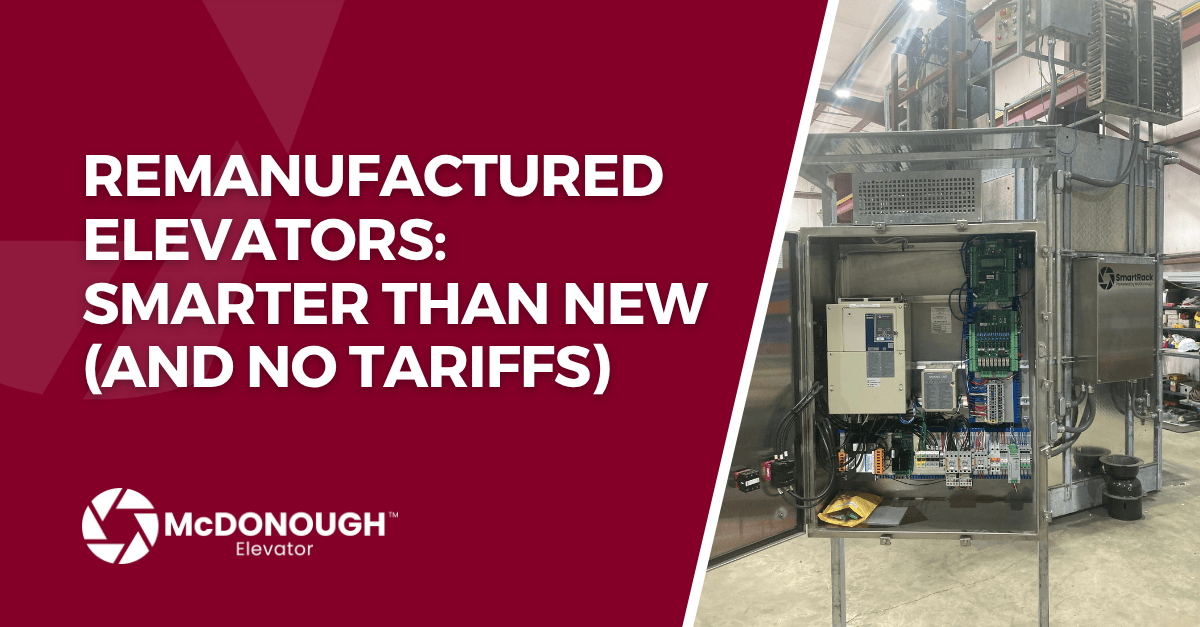We’ve all been fascinated by the story of Elisha Otis. His groundbreaking demonstration in 1854 showcased the safety of elevators when he audaciously cut the only rope of his passenger elevator in front of a crowd, only to have it safely halted by his invention. This pivotal moment in history sparked a paradigm shift in elevator safety.
So, how does Otis’s innovation relate to today’s rack and pinion elevators? Could these modern elevators ever go into an unplanned descent?
“Our commitment to safety goes beyond guidelines and courses; it's about ensuring every team member is equipped, educated, and empowered to protect both themselves and those around them.”
- ONEMcDonough
Contact us today to discuss your project needs with one of our
Regional Sales Managers





